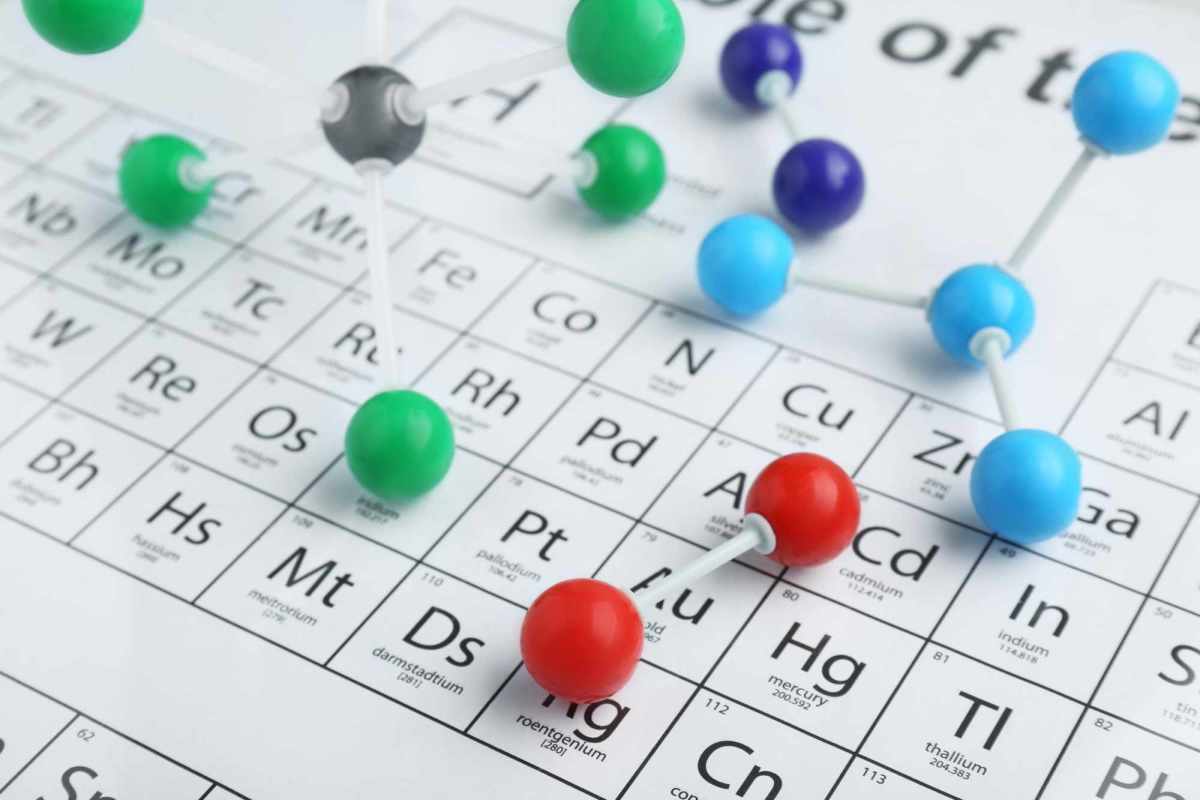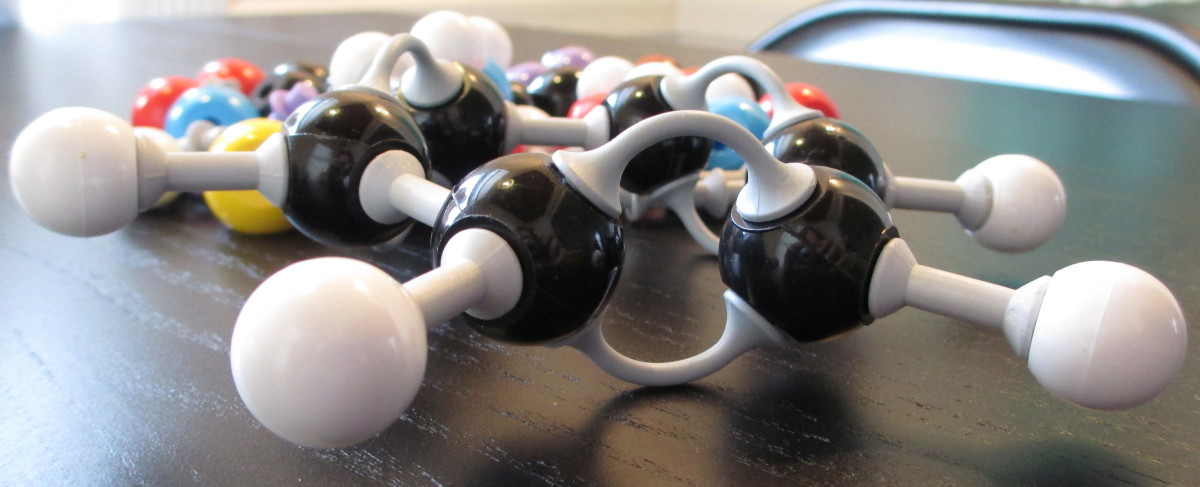OCR Chemistry Revision - The Basic Things You Need To Know
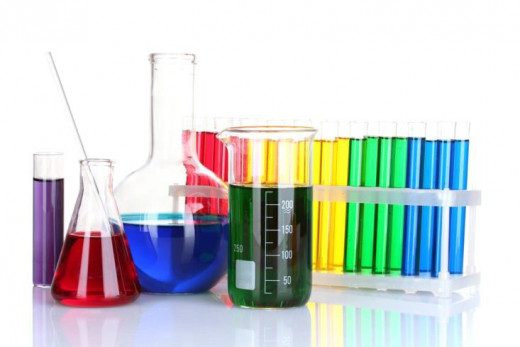
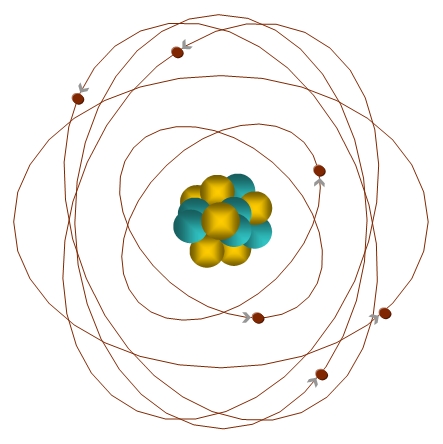
Definitions
- Isotopes
Atoms of the same element with a different number of neutrons but the same number of protons and electrons.
- Relative Atomic Mass
The weighted mean mass of an atom compared with 1/12 of the mass of an atom of Carbon-12.
- Relative Isotopic Mass
The mass of an isotope compared with 1/12 of the mass of an atom of Carbon-12.
- Electronegativity
The ability of an atom to attract covalently bonded electrons to itself.
- An Acid
A proton (H+) donor.
- A Base
A proton (H+) acceptor.
- A Salt
A substance formed when a H+ ion of an acid is replaced by a metal or ammonium ion.
- An Alkali
A type of base that dissolves in water to form an aqueoushydroxide solution.
- Hydrated
A crystalline compound containing water molecules.
- Anhydrous
A substance containing no water molecules.
- Oxidation
The loss of electrons.
- Reduction
The gain of electrons.
- Disproportionation Reaction
A reaction in which the same species is both oxidised and reduced.
- First Ionisation Energy
The amount of energy needed to remove onemole of gaseous atoms to form one mol of gaseous 1+ ions.
- Atomic Orbital
A region within an atom that can hold up to 2 electrons in opposite spins.
- Electron Configuration
The arrangement of electrons in an atom.

Essential Formula
Acids:
H2SO4 - Sulphuric Acid
HCl - Hydrochloric Acid
HNO3 - Nitric Acid
CH3COOH - Ethanoic Acid
HCOOH - Methanoic Acid
C6H8O7 - Citric Acid
Bases and Alkalis:
NaOH - Sodium Hydroxide
Mg(OH)2 - Magnesium Hydroxide
MgO - Magnesium Oxide
CuO - Copper Oxide
NH3 - Ammonia
KOH - Potassium Hydroxide

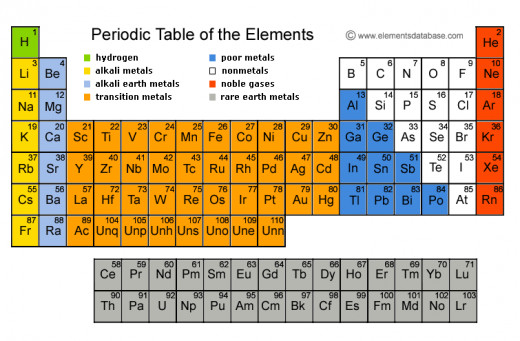
Essential Reactions - Group 2
Reactions where X is the group 2 element:
X + HCl -> XCl2
X + O2-> XO
X + H2O -> X(OH)2
XO + HCl -> XCl2
XO + H2O -> X(OH)2
XCO3 + Heat -> XO
XCO3 + HCl -> XCl2 + H2O + CO2
Oxides, Hydroxides and Carbonates:
Group 2 oxides and hydroxides are bases which can be neutralised by acids to form a salt and water.
For example:
MgO(s) + 2HCl(aq) -> MgCl2(aq) + H2O(l)
MgO is magnesium oxide.
HCl is hydrochloric acid.
MgCl2 is magnesium chloride (salt).
H2O is water.
Group 2 hydroxides can dissolve in water to form alkaline solutions.
The solubility of the hydroxides in water increases as you go down group 2 and the resulting solution is dilute with a low OH- concentration.
For example:
Ca(OH)2(s) + aq -> Ca2+(aq) + 2OH-(aq)
Group 2 carbonates decompose in heat to form the metal oxide and carbon dioxide. This is called a thermal decomposition reaction.
As you go down the group the carbonates become more difficult to decompose with heat.
For example:
MgCO3(s) (with heat) -> MgO(s) + CO2(g)

Name of Halide
| Colour of silver halide precipitate
| Solubility in ammonia
|
|---|---|---|
Chlorine
| White
| Dissolves in diluted ammonia
|
Bromine
| Cream
| Dissolves in concentrated ammonia
|
Iodine
| Yellow
| Doesn't dissolve in ammonia
|
Halide Tests
What are Halides?
The Halides are another name for group 7 of the periodic table.
They consist of flourine, chlorine, bromine, iodine and astatine.
Much like group 2, we can make predictions as to what chemical and physical properties the halides will have.
For example, the halides become less reactive as you go down the group and they also react with metals to form ionic halides with an X- ion.
The halides are also bonded as covalent diatomic molecules, for example Cl2.
Examples of halides include NaCl (sodium chloride) and NaF (sodium fluoride).
How to test for halides step by step:
1) Dissolve the unknown halide substance in water.
2) Add an aqueous silver nitrate (AgNO3) solution.
3) Silver ions (Ag+) from the aqueous AgNO3 solution react with and halide ions (X- ions) that are present.
4) This reaction forms a silver halide precipitate (AgX).
5) The precipitate formed will be a different colour depending on which halide is present.
6) If the precipitate is white then chloride ions are present in the solution, if it's cream then it's bromide ions and if it's yellow then it's iodide ions.
7) If the colours are very similar and you are unsure which halide is present then add aqueous ammonia (NH3). Different halide precipitates have different solubilities in aqueous ammonia.
8) If the precipitate dissolves in dilute ammonia then it was a chloride precipitate, if it dissolves in concentrated ammonia then it was a bromide precipitate and if it doesn't dissolve at all it is an iodide precipitate.




